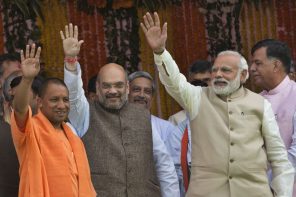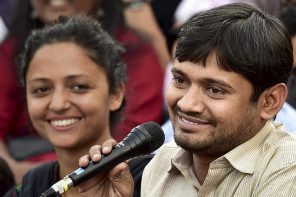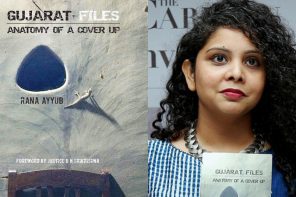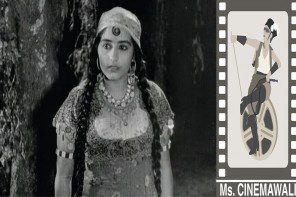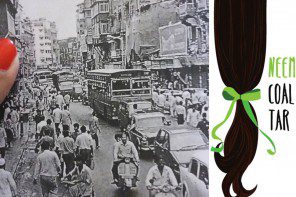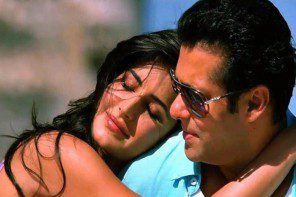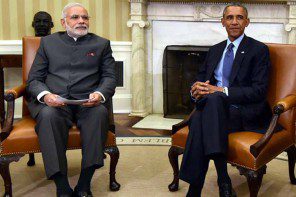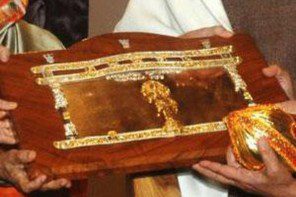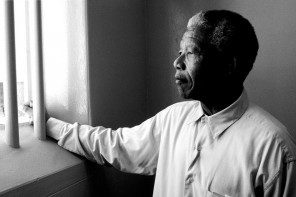“Agar Firdaus bar u e zameen ast, hameen ast, hameen ast, hameen ast” , said the Mughal emperor Jahangir about the valley of Kashmir which means “If ever there is a heaven on earth, then it is this, it is this, it is this.” Kashmir has always fascinated me since my childhood days. It’s beauty, it’s mountains, the Gulmarg, a hill station about which I used to read in my nursery classes… about which I can keep talking on and on and on.
Kashmir has seen nothing except days and nights of militancy and state led oppression since the last two decades. Ironically, a state dominated by Sufi influence has veered towards radicalism. Peace has always been elusive forKashmir and its people.
On my first ever visit to Kashmir for a study program from Jamia Millia Islamia University I came across people from diverse groups- the military, the civil society, the police, the journalists and the students of the KashmirUniversity. Most of the students were filled with anger against the state and called us as the “Indians” and “Colonizers”. The urge for separatism was at its highest among the students of Kashmir University. Every second person I talked to was of the view that he wants freedom. The sentiment of Azadi runs high in the hearts and minds of the youth. On the question of Pakistan and its role in the conflict, most of them were of the view that they want freedom from India but do not want to get attached with Pakistan.
“The levels of violence in Kashmir have indeed decreased if one goes with the definition of violence given by the government. After all, the stone pelting year of 2010-2011 is being regarded as a year having the least level of violence. But the stories of illegal detention, torture and custodial deaths are still alive in Kashmir valley.”
Kashmir is complex, very complex. This state of the world’s largest democracy is having the largest concentration of military on earth. The students of Kashmir University were very anguished against the Indian mainstream media about it’s “biasness” towards Kashmir and the happenings out there. They were of the view that the Indian media shows only one side of the coin which happens to be going in favour of the dispensation in Delhi. They feel that in the coverage of the Indian newspapers and news channels, the one’s whose rights have been violated by the security forces stationed out there do not get any mention. The Congress seemed to be a bigger villain for them than the BJP.
Continuous presence of the army makes most of the Kashmiri youth feel humiliated. A young school boy asked me, “Whose land is this? I am a Kashmiri and the ones; the soldiers who come from other parts of India ask me to prove my own identity in my own land. Is this not humiliating?”
As far as the issue of the participation of the Kashmiri awaam in elections is concerned, many were of the view that people vote just because they want something to be in place so that they can have a little better basic amenities and their voting for any of the parties has nothing to do with their loyalty for India. In fact, every Kashmiri one meets has a different tale to tell about the ordeals Kashmir has gone through since decades. The rigged election of 1987 is certainly a benchmark in the history of Kashmir which gave rise to militancy and the separatist movements.
While meeting the army officials it was clear that the recent core commander of Kashmir, General Ata Hasnain is a good PR guy who has been sent for a PR exercise. In the Pakistan bordering areas of the Uri sector the army is running some schemes like operation Sadbhavna where they organize public events (sports and adventures) etc, which according to the some military officials have paid the dividend and has helped the people there to change their opinion about the army.
We also met the representatives of the Kashmiri Pandits who have lived the worst phases of their lives since the start of the conflict in the valley. They too had been a part of the Kashmiriyat; the syncretic culture of Kashmirwhich had the capacity to imbibe other cultures and traditions with open arms. A Kashmiri Muslim friend tells me, “Kashmir without Kashmir Pandits is incomplete.”
After the appearance of the unmarked graves, the issue of forced disappearance of the Kashmiri youth since 90s has once more been highlighted. Parveena Ahangar runs an organization Association of the parents of disappeared people (APDP). Her tragic life is enough in itself to show how things in Kashmir have gone through in the last two decades. Twenty years back, her son suddenly disappeared, never to come back. She ran from pillar to post to enquire the whereabouts of her son but to no avail. Even the police refused to register an FIR. She still has a hope that her son will be back some day. While having tears in her eyes she asked us, “Mera bachche ne kisi bhi fauji ka kya bigada tha, mera bachcha kabhi bhi kisi ka bura nahin karta tha, maine India ke sabhi bade afsaron ko khat likha magar kisi ek ne bhi mujhe jawab nahin diya, main kahan jaoon?” She was referring about the Indian Prime Minister and Home Minister. I was left speechless. There are many like her, she is just the tip of a huge iceberg. But the sad part of the story is that these type of incidences and ordeals never come out of Kahsmir. The irony is that, people with lesser achievements than Ms Ahangar get Noble prize.
The levels of violence in Kashmir have indeed decreased if one goes with the definition of violence given by the government. After all, the stone pelting year of 2010-2011 is being regarded as a year having the least level of violence. But the stories of illegal detention, torture and custodial deaths are still alive in Kashmir valley. Still the pro self-determination leaders and the young generation supporting the movement were arrested under Public Safety Acts in 2011. To be very frank, one of the major threats to a Kashmiri is from the Impunity which the Indian Armed Forces enjoy in Kashmir under the Armed Forces Special Powers Act (AFSPA). The ‘peaceful’ year 2011 continued to have enforcement of this draconian law.
Kashmir is sandwiched between the interests of the two powers of South Asia, both of them, fortunately or unfortunately, happen to be nuclear armed. It’s the Kashmiri awaam which has been bearing the brunt of such a large military deployment, which most of the Kashmiris feel is humiliating for them. It’s high time both the South Asian powers give an honest thought to Kashmir, Kashmiris and their problems. India is a diverse nation on various grounds but Kashmir is a diverse place as far as the level of opinions and violence is concerned. Every Kashmiri has a different point of view regarding India, Pakistan and Azadi. But one thing is common among them, and that is the want to end the ordeals through which they have been passing since more than 20 years, though the Kashmiri problem is not just 20 years old. They need peace and for a lasting one, the thing which is needed most is timely deliverance of justice and nothing else. Just a mere talk about justice is not going to solve the problem; it needs to be done honestly rather than in a partial and a biased manner.
